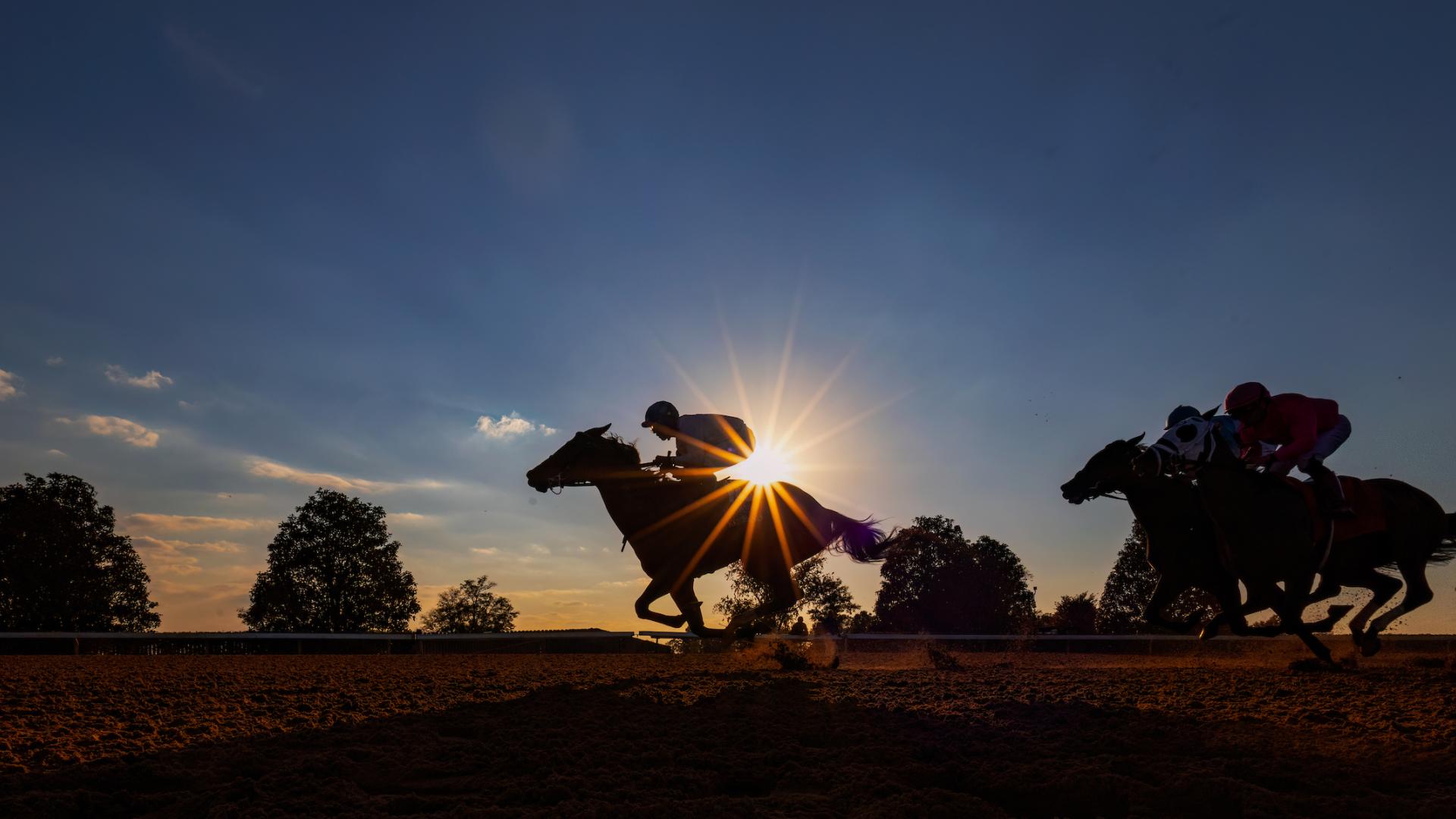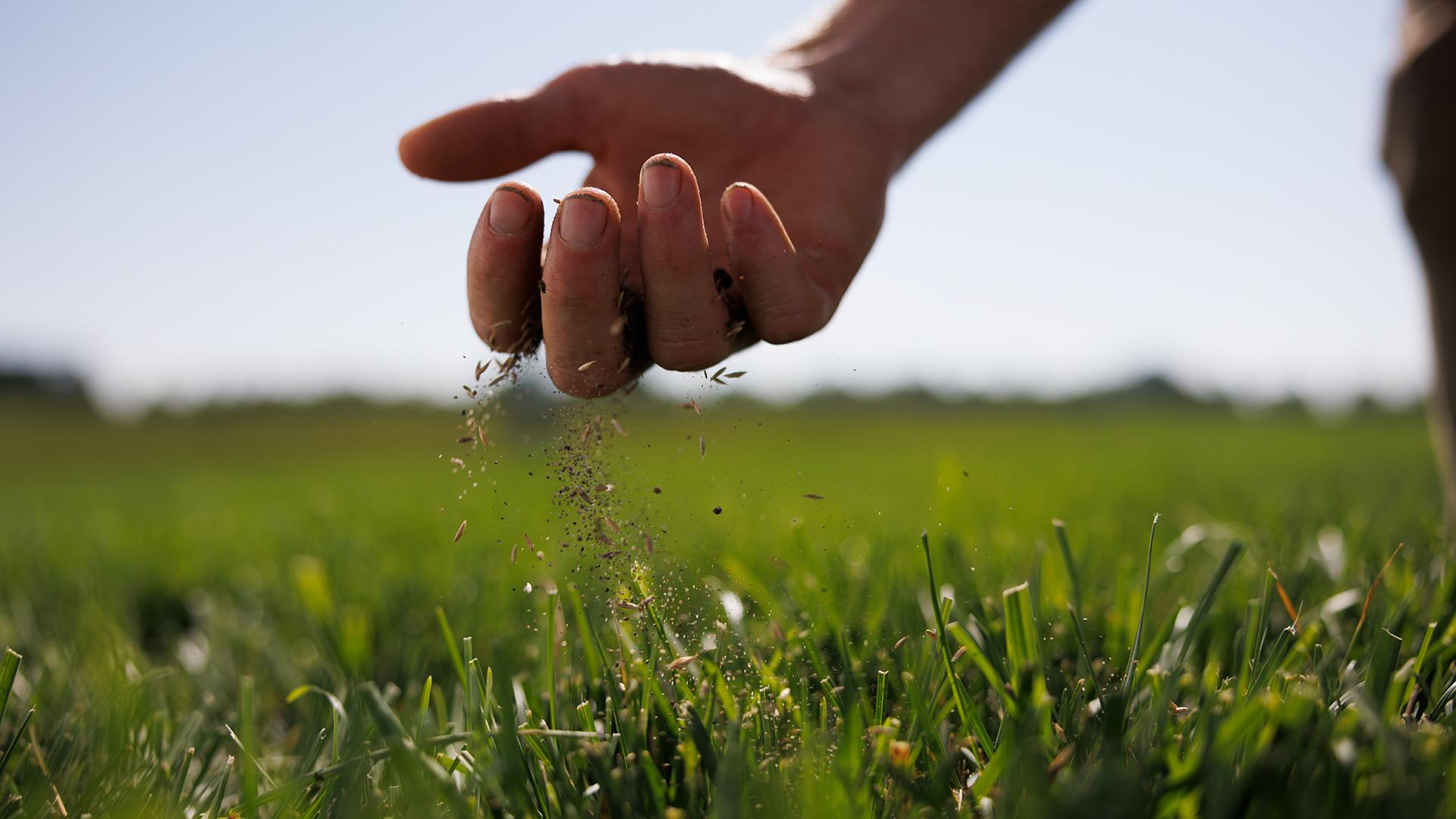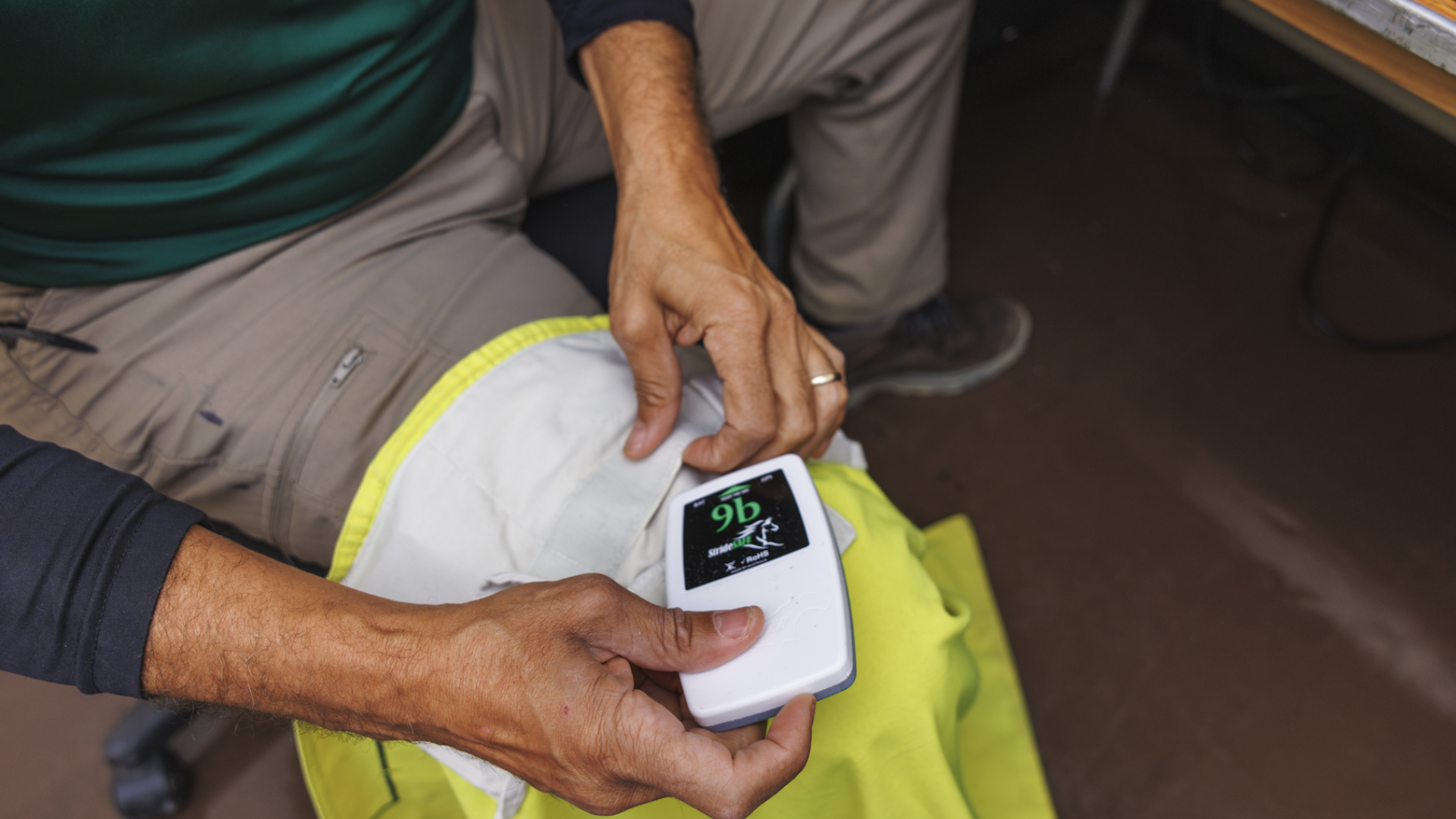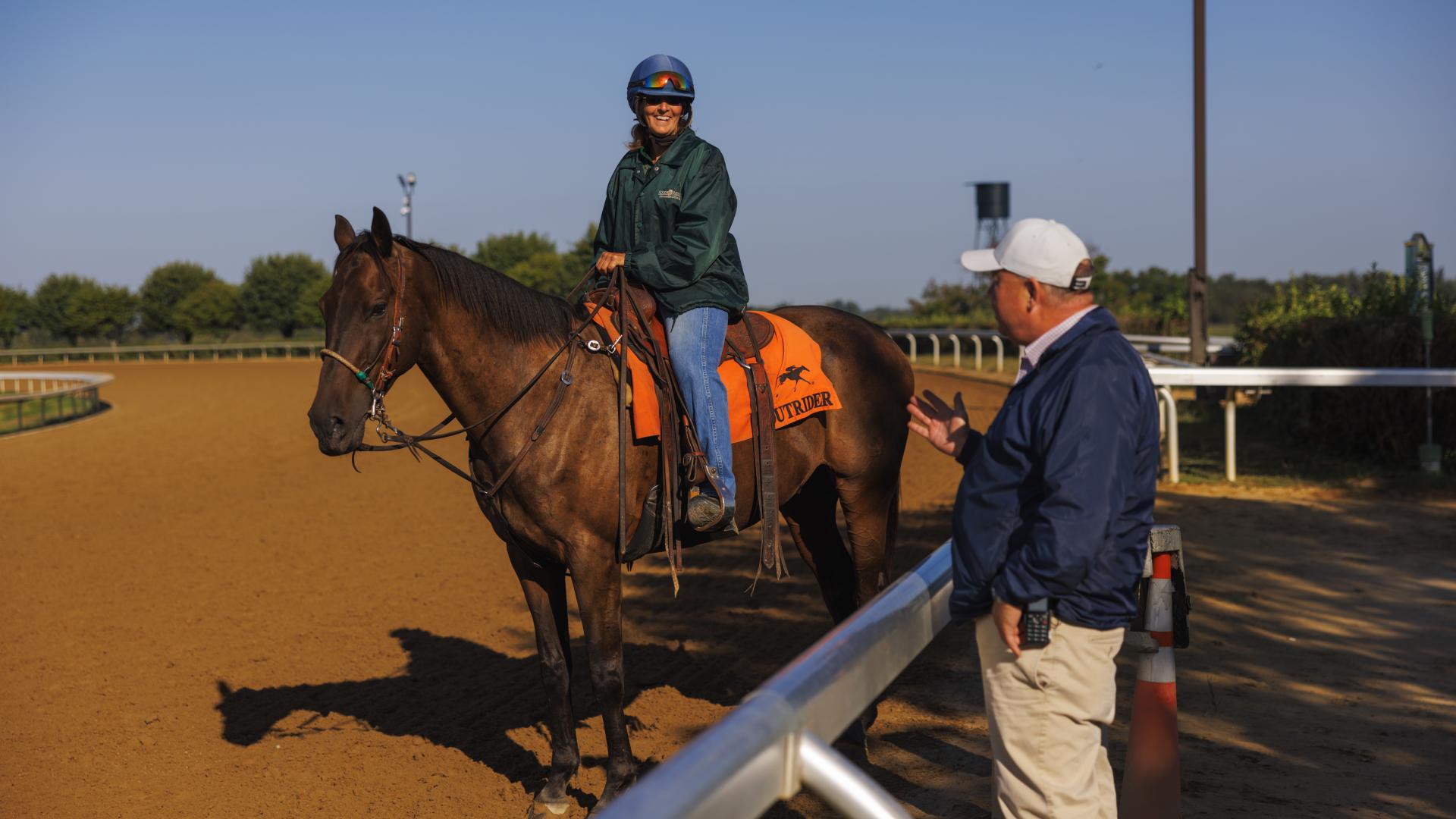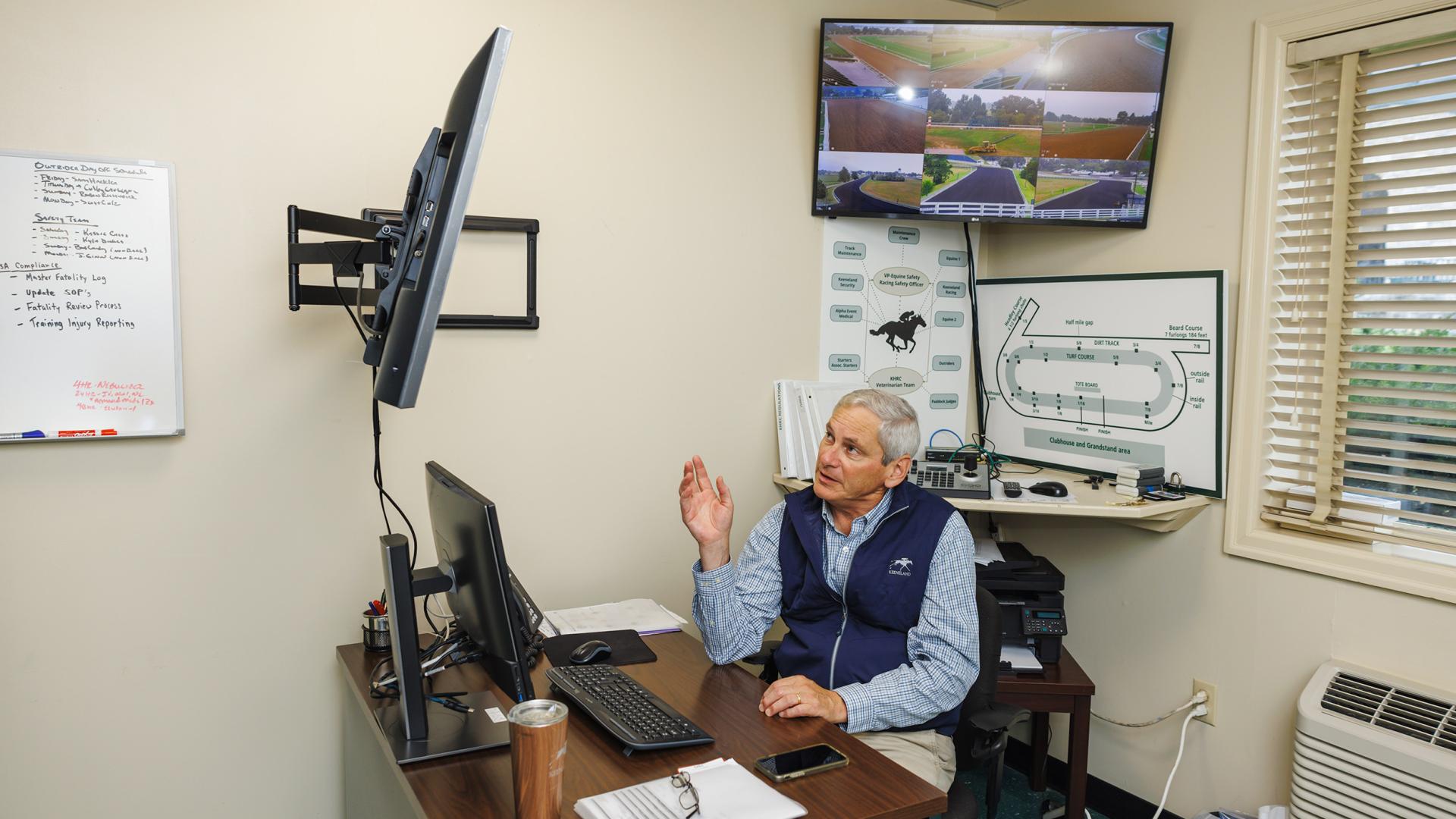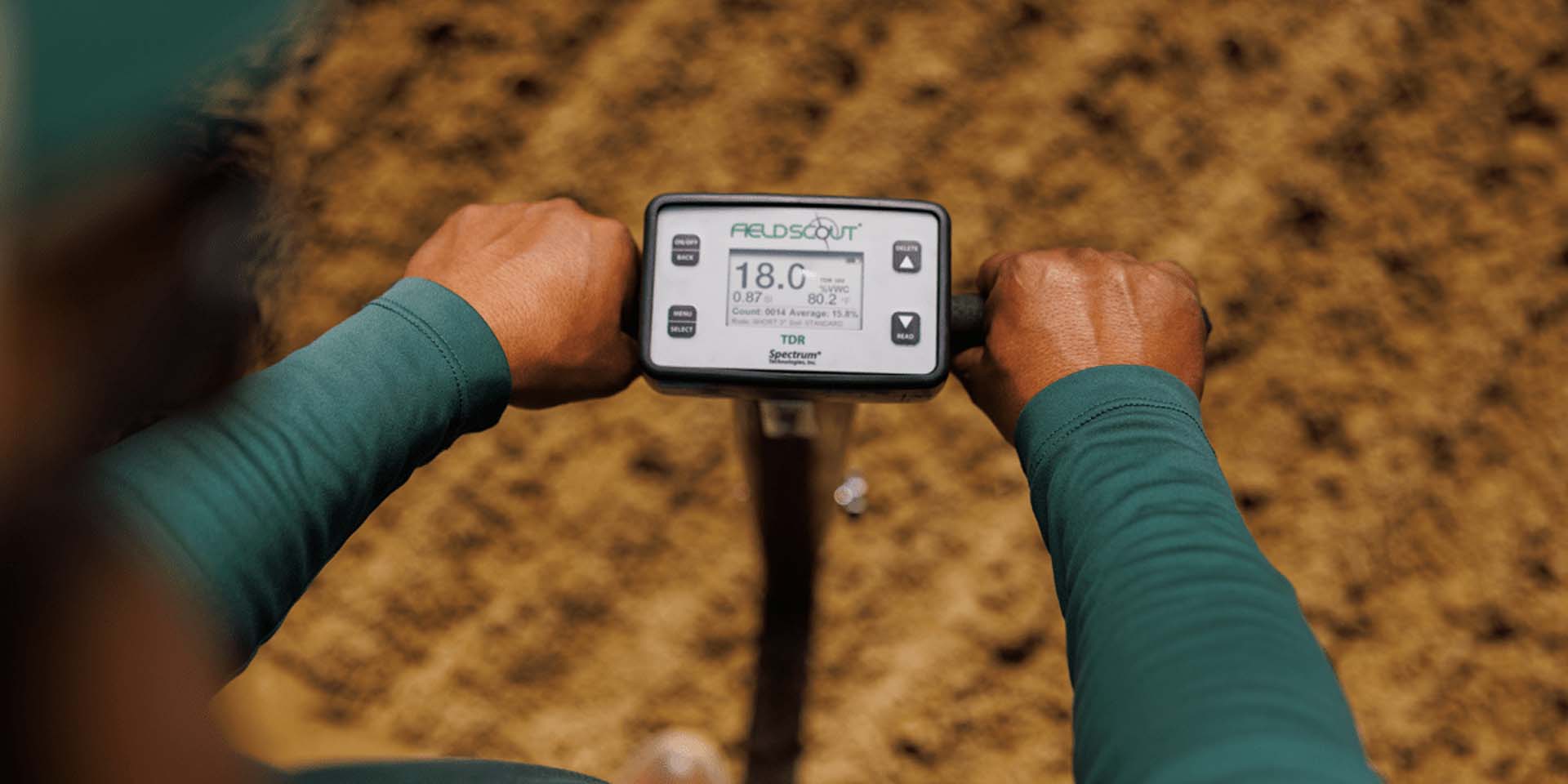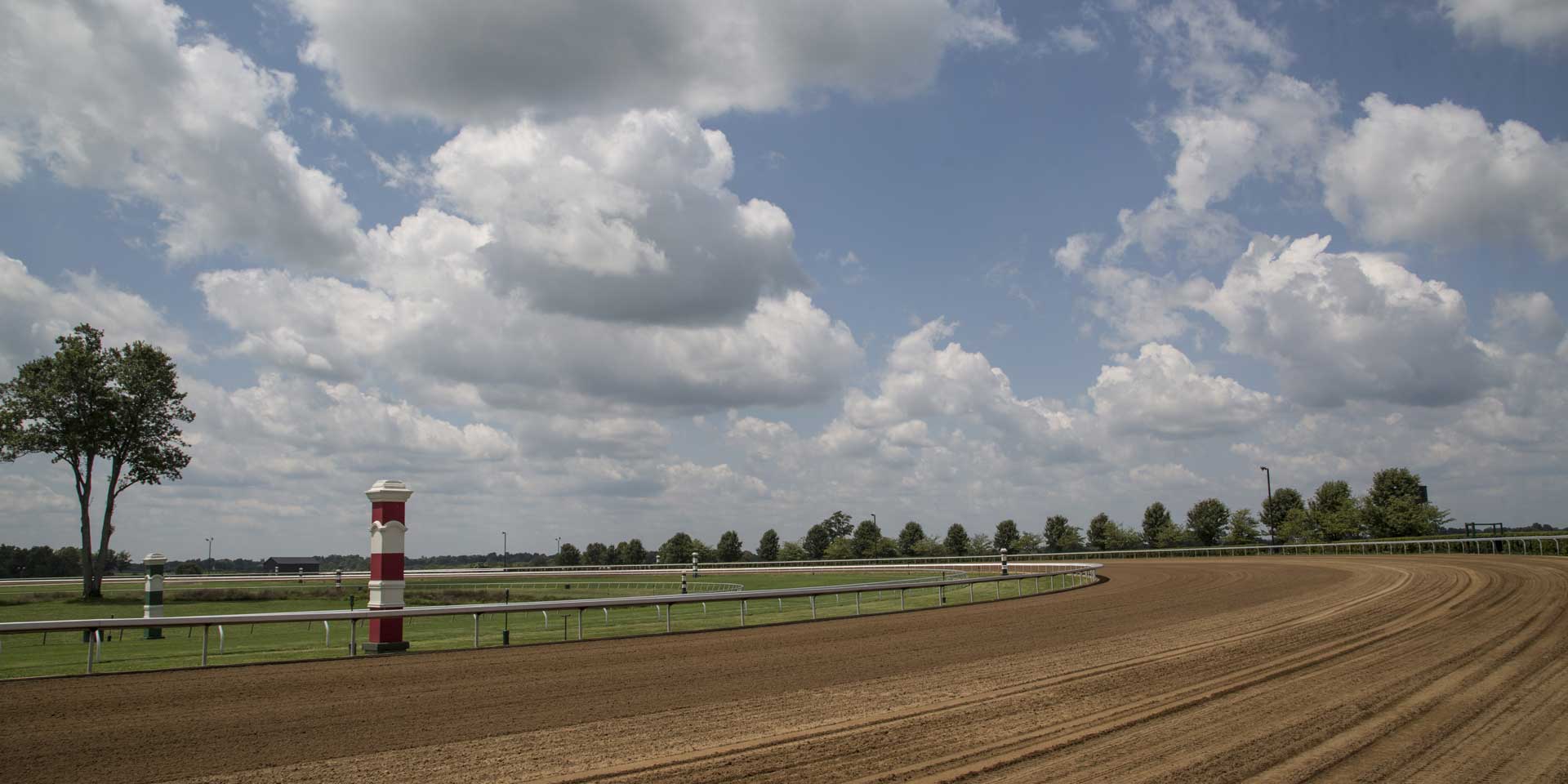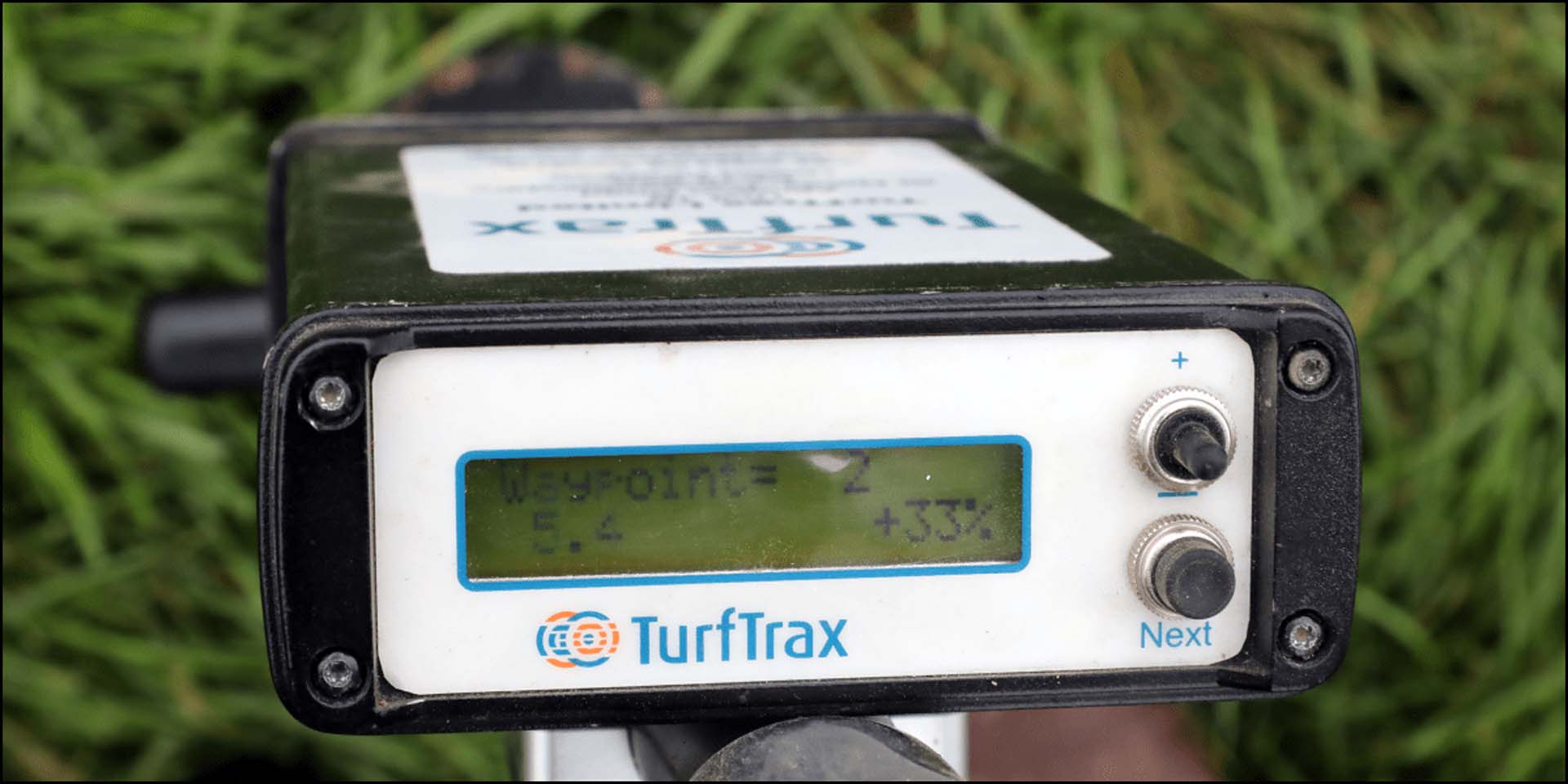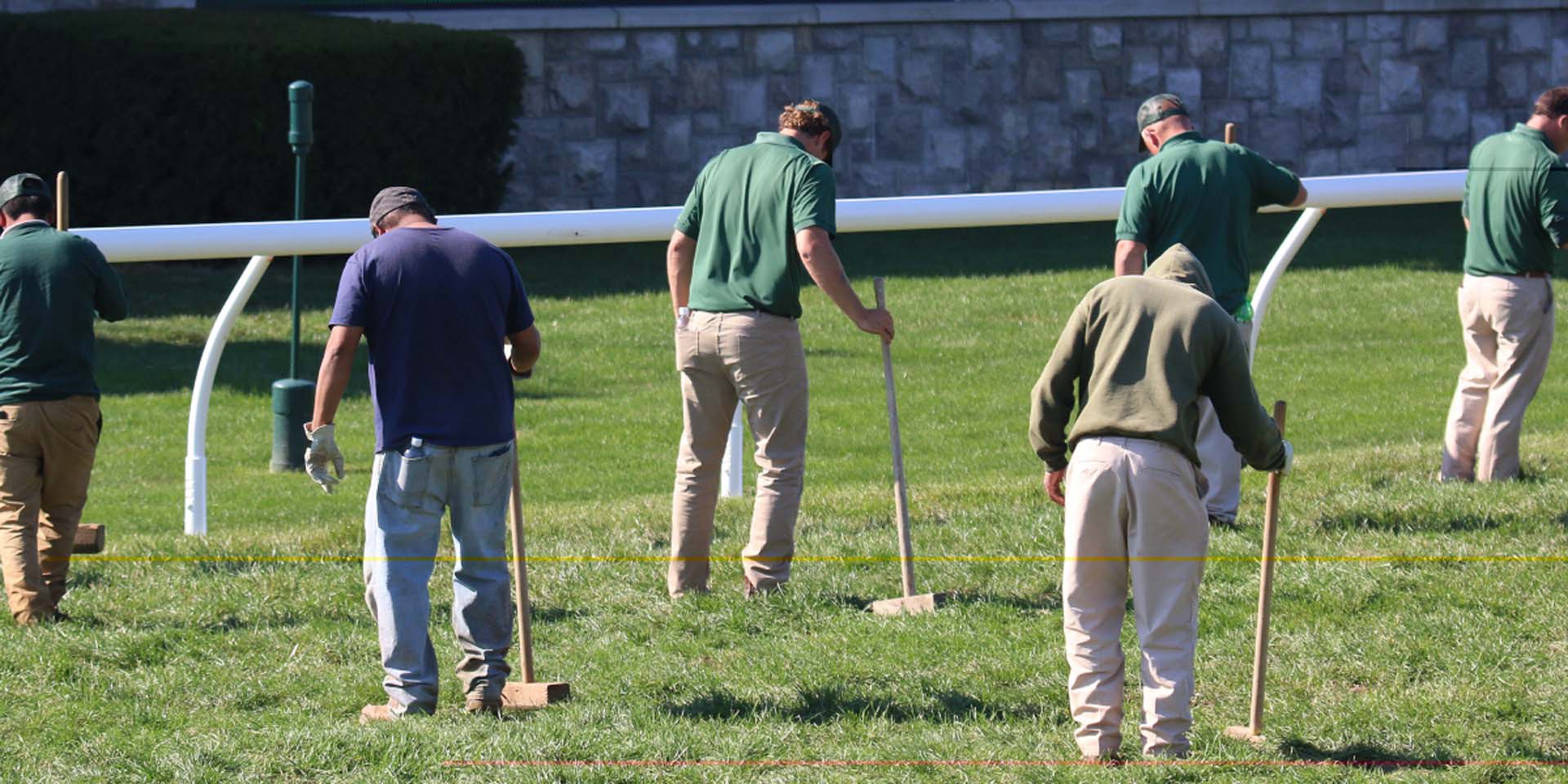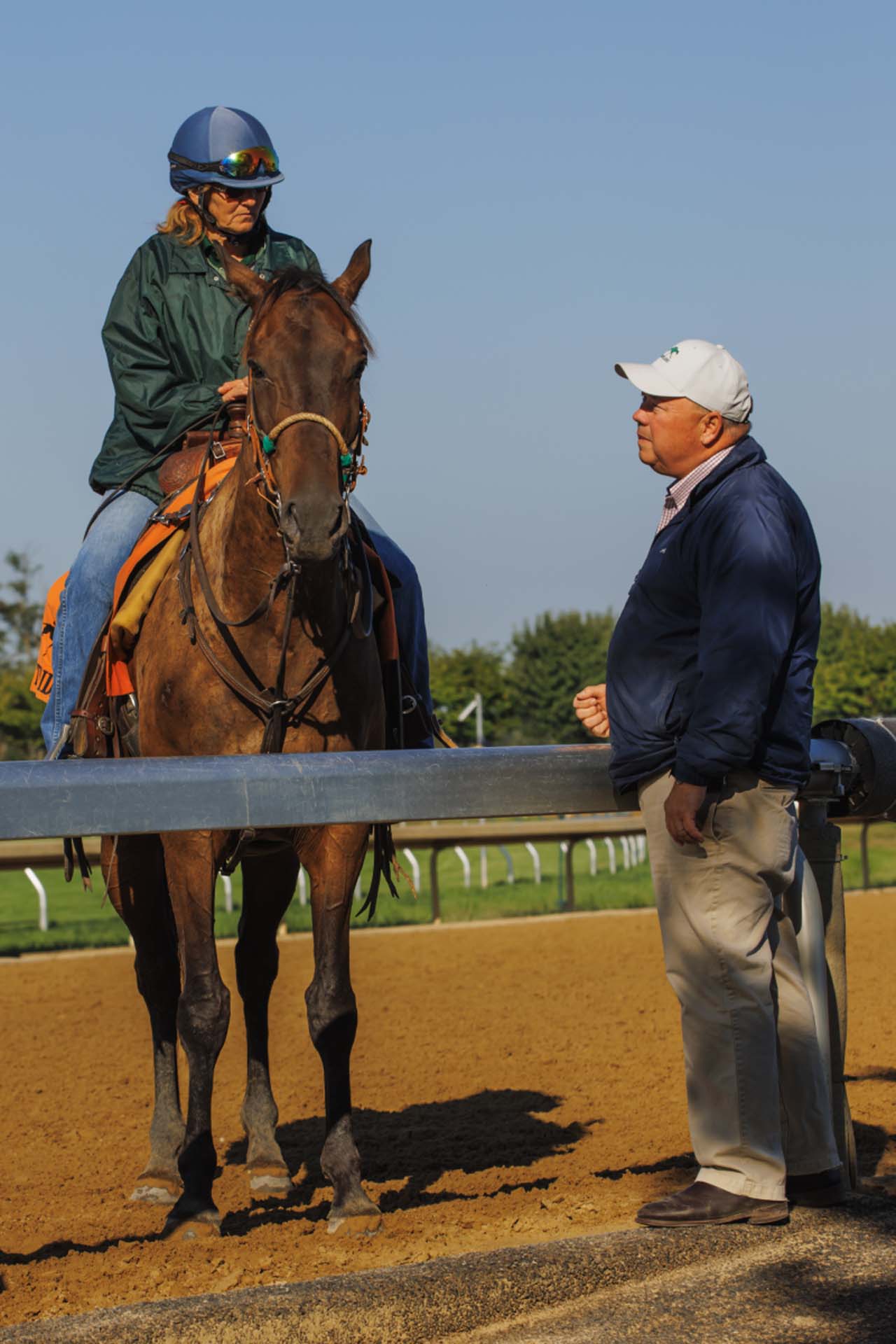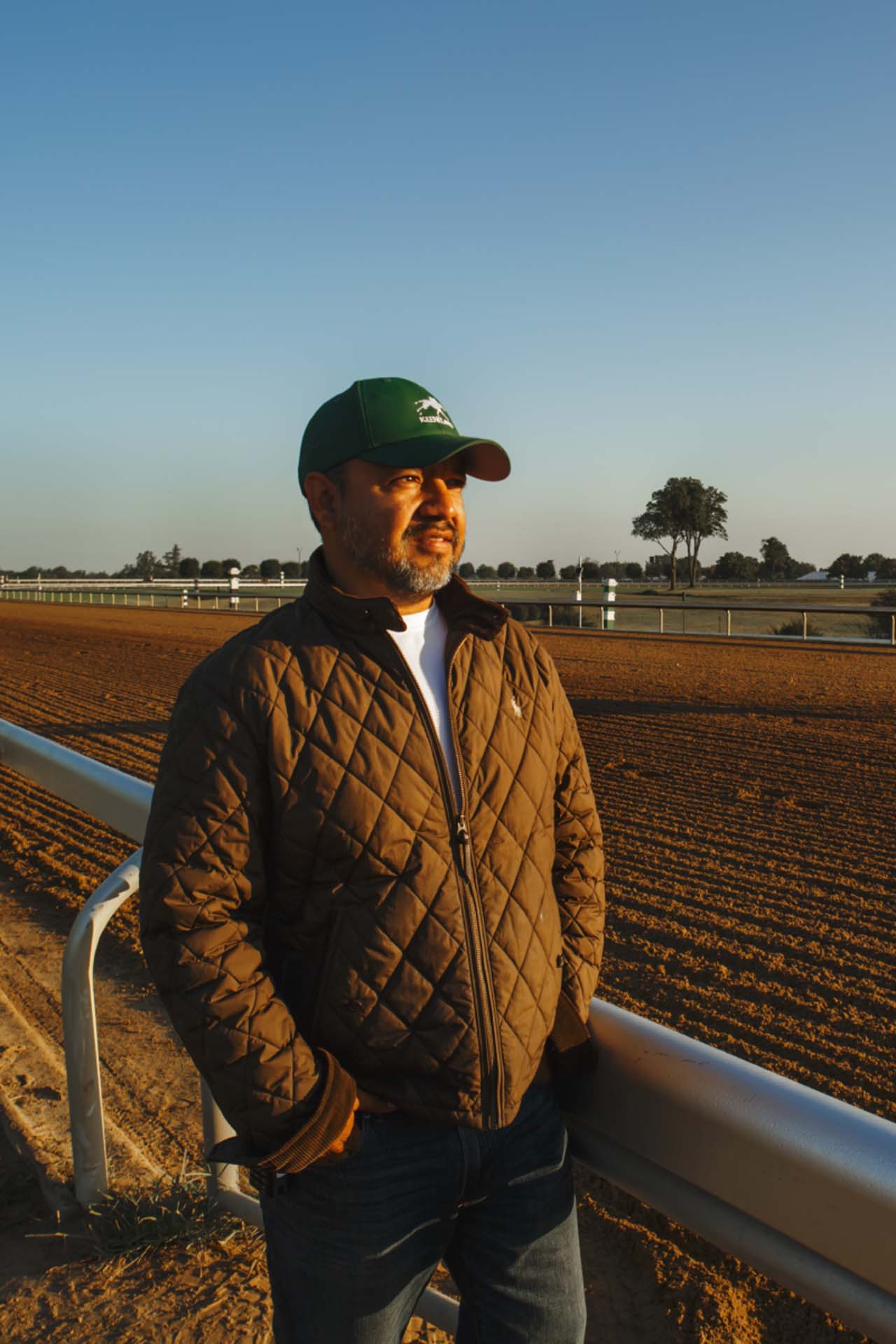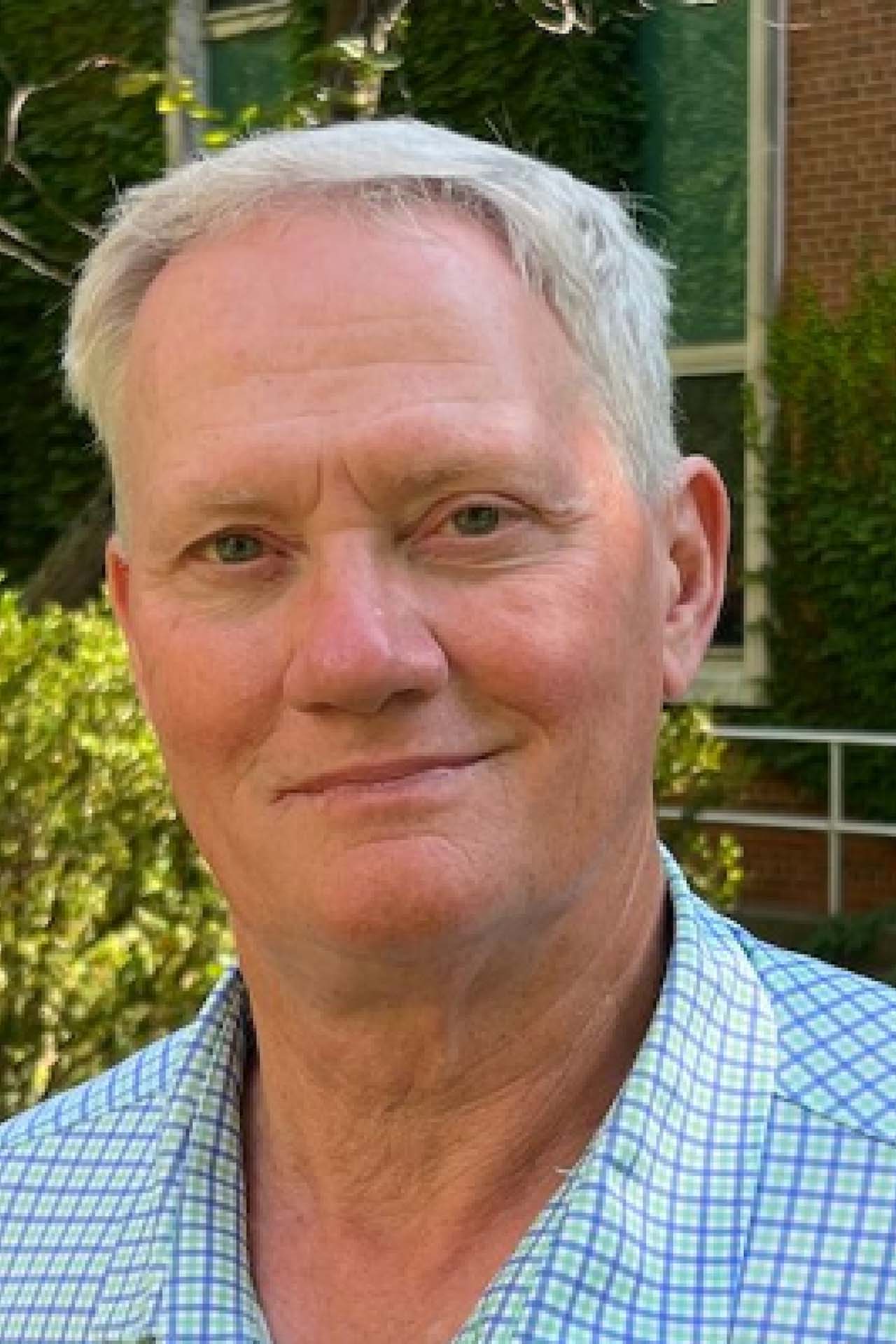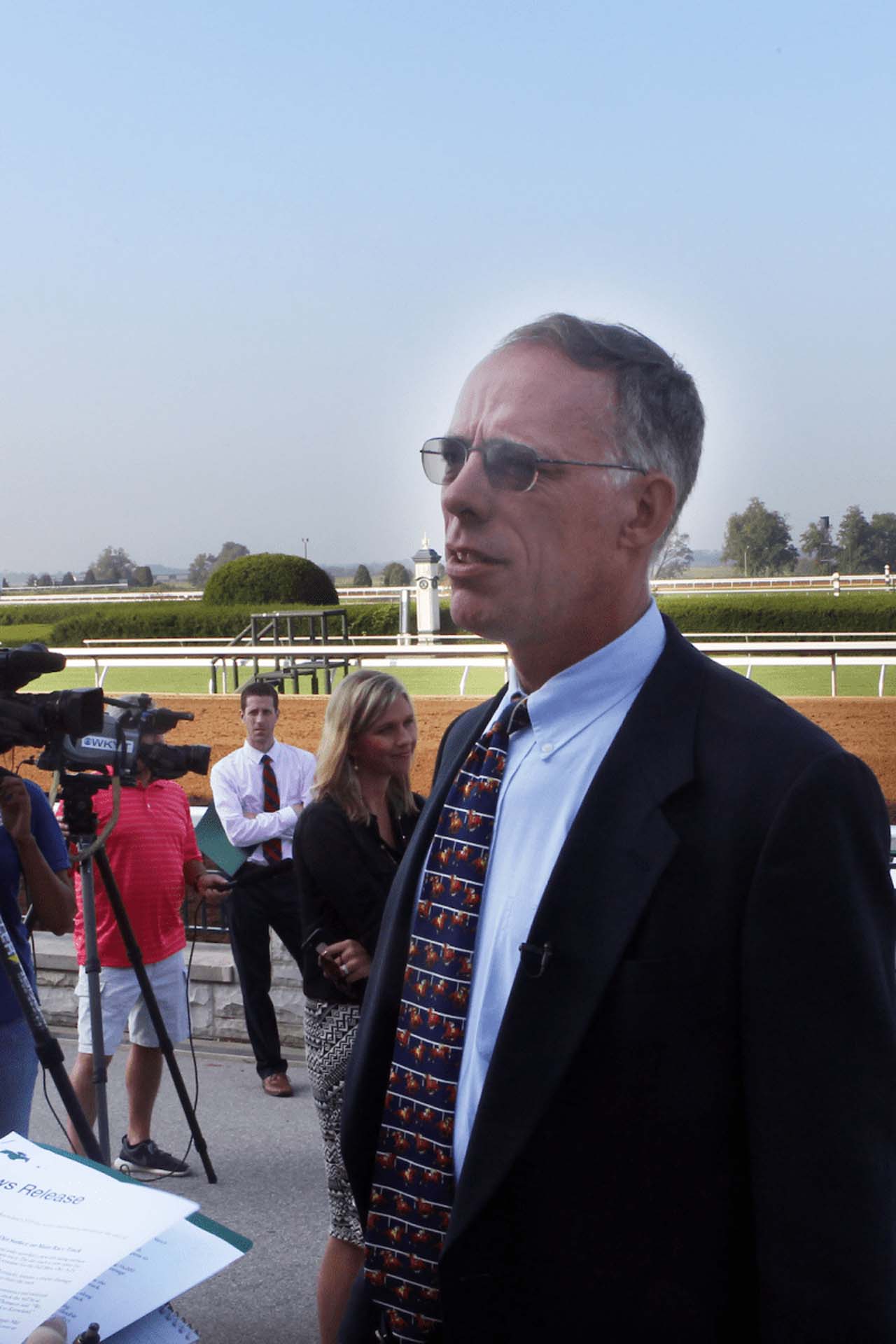Our Commitment to Safety
“Doing what’s best for the horse is at the core of everything we do here at Keeneland.”
- Dr. Stuart Brown, Vice President of Equine Safety
A Culture of Safety
Keeneland’s Equine Safety team takes a holistic view of the condition of each horse by blending hands-on, practical experience with new technology.
Evaluation
Expert visual and hands-on evaluation of each horse’s physical condition on-site.
Analysis
We review the data, records and history of each horse, including race performance.
Diagnostics
If needed, we can recommend horses be sent to a provider for diagnostics and additional care.
The Latest Technology
Keeneland leverages the best veterinary care in the world while exploring new advancements in technology to keep our equine athletes safe.
VetCam
Keeneland’s state-of-the-art VetCam and 24/7 video surveillance provide consistent monitoring of our equine athletes throughout our grounds.
Data-Driven Tech Initiatives
Keeneland contributes data to these initiatives to analyze the causes of equine injuries and prevent them from occurring.
StrideSAFE Sensors
These on-board sensors help analyze a horse's stride, detect abnormalities & signal the need for diagnostics.
PET Scan and MRI Technology
Available from nearby world-renowned veterinary providers, including Rood & Riddle Hospital and Hagyard Equine Medical Institute.
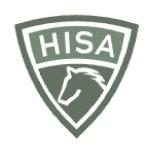
HISA is the independent national body that oversees uniform safety and integrity rules for racing nationwide. Keeneland is compliant with all HISA Racetrack Safety Standards. HISA continues to enhance standards and practices for the health and wellbeing of the horse.
Getting Ready for Race Day
From our veterinary team to our groundskeepers and beyond, everyone at Keeneland spends weeks preparing for the moment the starting gates open—all to make every race as safe as possible.

Evaluating Equine Fitness
How does our Equine Safety team determine whether a horse can race? It's all about creating a complete picture to help identify any issues early. The clinical history we assemble here can travel with the horse from track to track.
- How long has it been since their last race?
- Has there been a change in their workout pattern?
- Has their race class changed recently?
- Has there been a change in daily management of the racehorse?
- What is the horse’s vet list history?
- What is the history of veterinary treatment and medication usage on the horse?
- At what age did they start racing?
- What were the results of their soundness evaluations?
- Do in-race sensors like StrideSAFE show any unusual data?
- Is there a need for additional diagnostic imaging?
- What do diagnostic imaging tests show?
Always prepared
Keeneland’s expert team is on hand for every race to keep our equine and human athletes safe.
Three specially designed equine ambulances—staffed to care for both humans and horses—are on hand to quickly respond to incidents small and large.
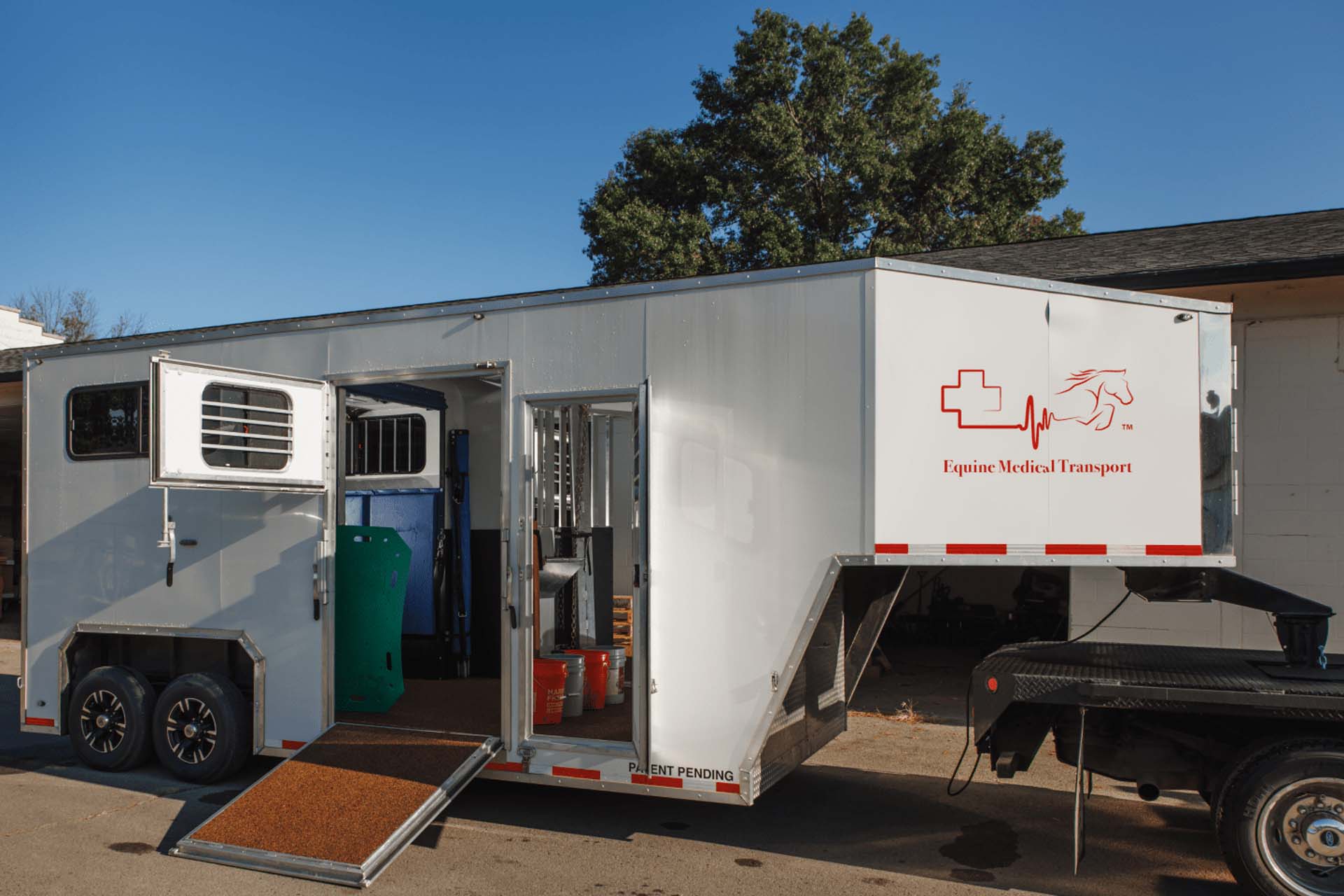
An extension of our Equine Safety team, these expert racing personnel on horseback monitor training and racing, provide real-time information to trac k vets, and act as first responders when necessary.
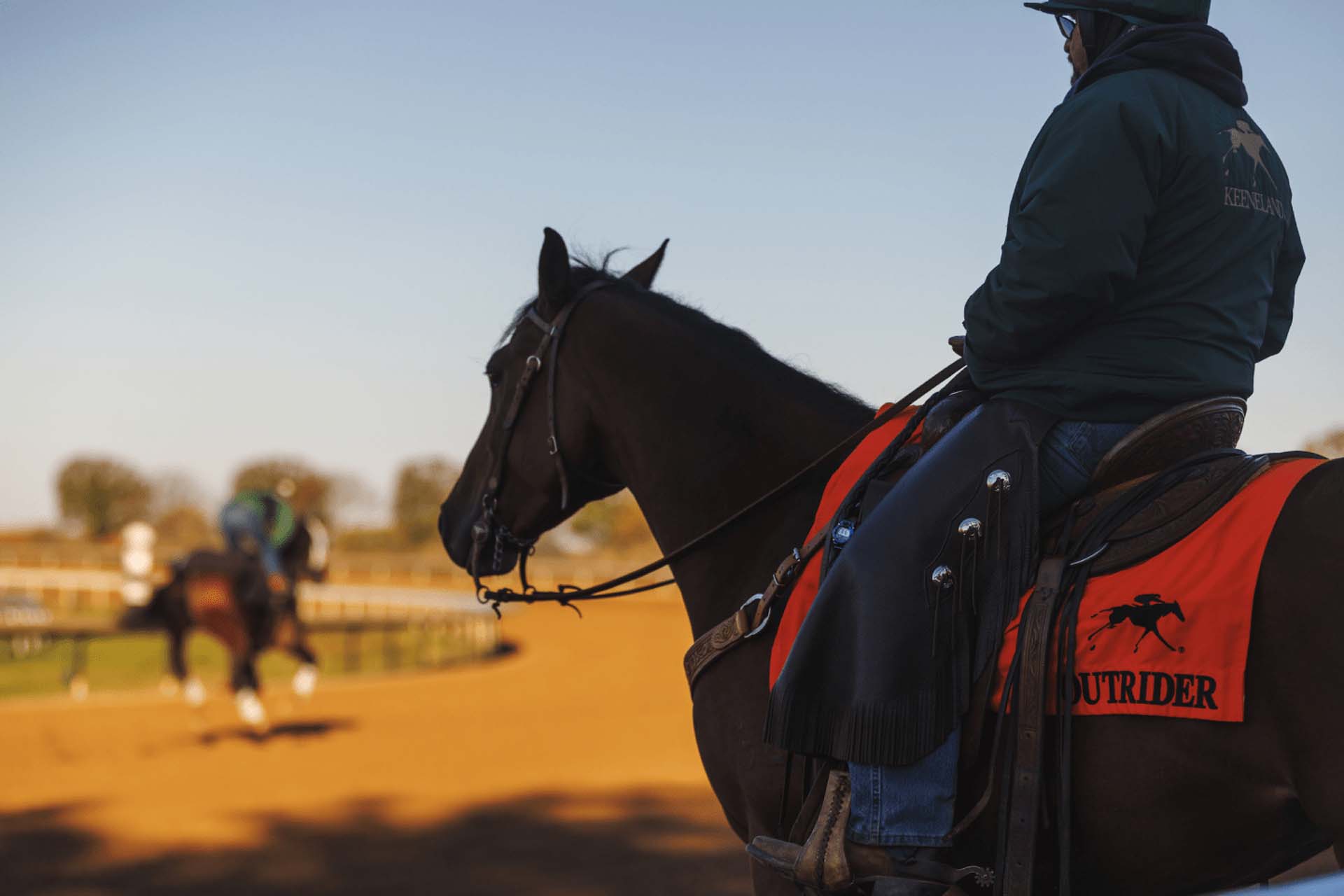
This flexible rail is designed to spring and bend to absorb the impact of a horse and rider, guiding them back onto the course.
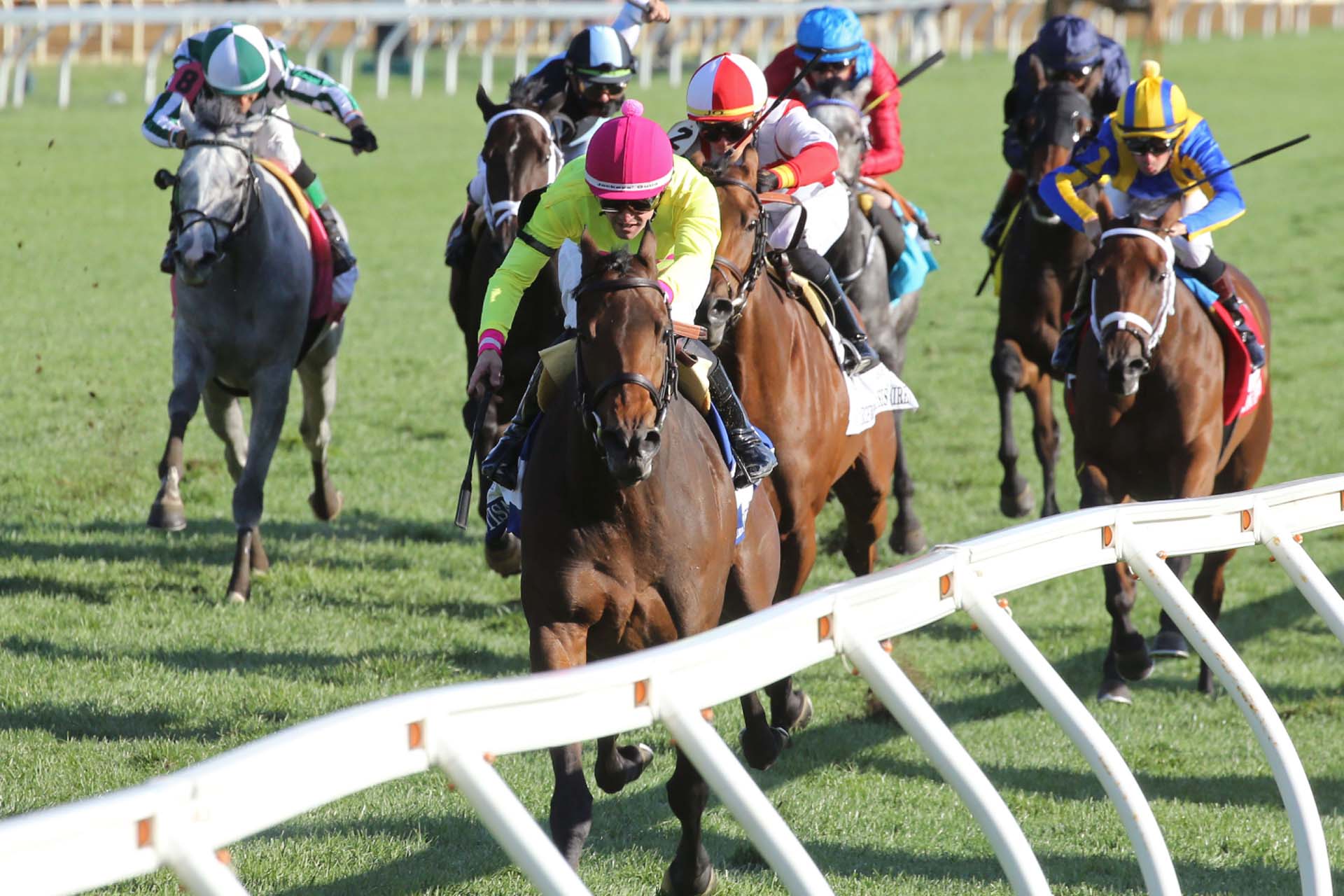



Taking Care of the Track
Keeneland has three surfaces for racing and training under the supervision of our dedicated Racing Surfaces team. This group works in collaboration with the University of Kentucky’s Racing Surface Testing Laboratory to test and monitor the track regularly, including a thorough review prior to each race meet to identify any necessary adjustments before competition.
Main Dirt Track
A blend of sand, silt and Kentucky clay. Our unique drainage system helps maintain a consistent surface.
Turf Course
A mix of rye, bluegrass and tall fescue on a foundation of sand, silt and clay to create a soft, springy surface.
All-Weather Track
Used for year-round training, our all-weather track—like our dirt and turf tracks—is maintained daily.
Hands-On. Every Day
51
Dirt Track
Moisture
Readings
75
Surface
Depth
Measurements
42
Turf Course
Moisture
Readings
18
Team
Members
Jockey Health and Wellness
We take jockey health and safety seriously, with industry-leading initiatives and protocols.
Keeneland and the University of Kentucky Sports Medicine Research Institute are working together on a variety of initiatives surrounding jockey safety, including:
- Concussion studies and development of race-day concussion protocols
- Safer equipment such as improvements in helmets and safety vests
- Ongoing studies and protocols to address jockey health and wellness
- Ongoing jockey wellness study during each race day with the University of Kentucky SMRI
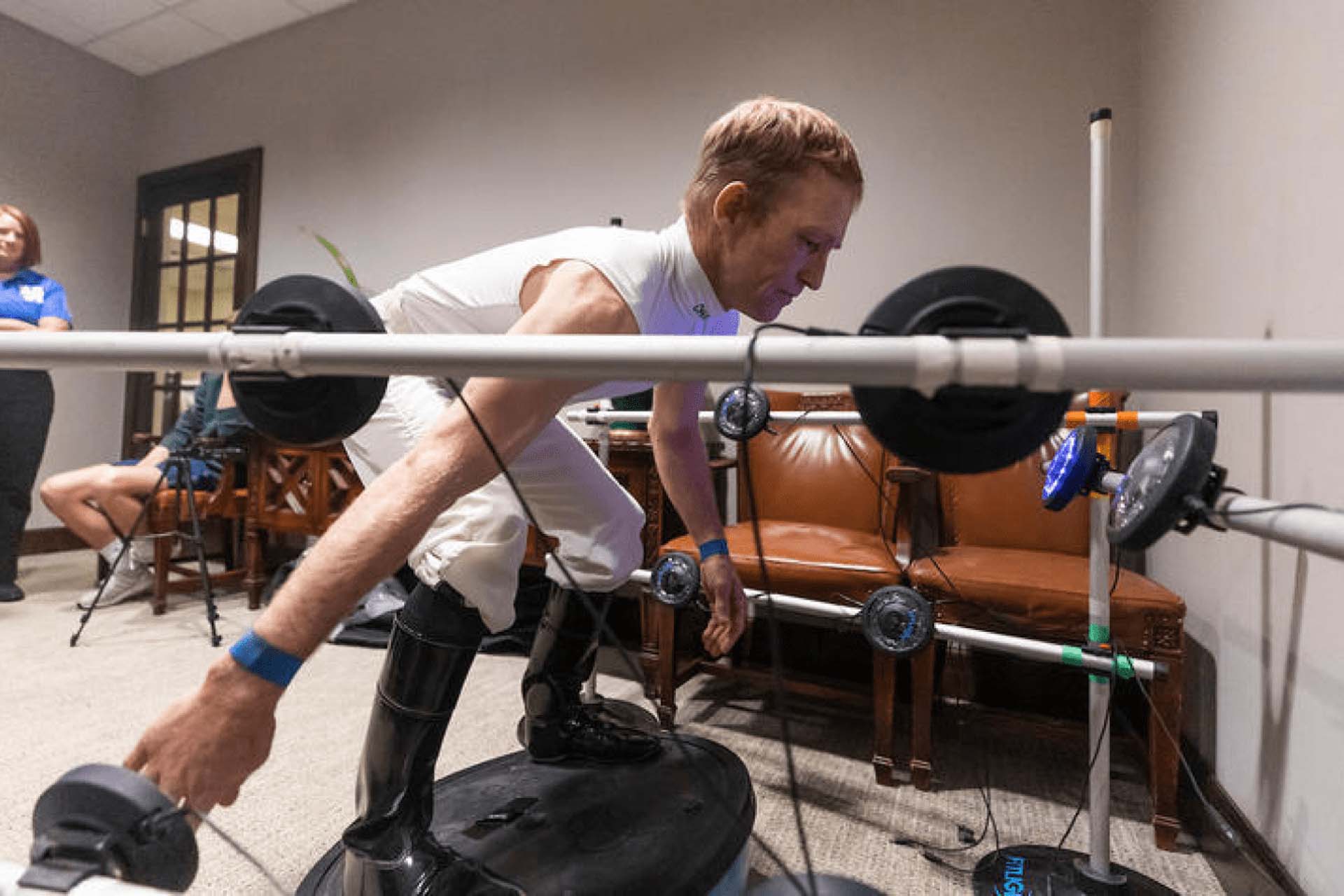
We’re proud to partner with Kentucky’s No. 1 hospital to staff and equip our state-of-the-art First Aid Center and provide Level 1 trauma care for riders. A specially-designed chase vehicle carrying paramedics and an expert horse handler follows the field around the track during every race to respond immediately in the event of an incident. We provide coordinated incident response to facilitate immediate medical care.
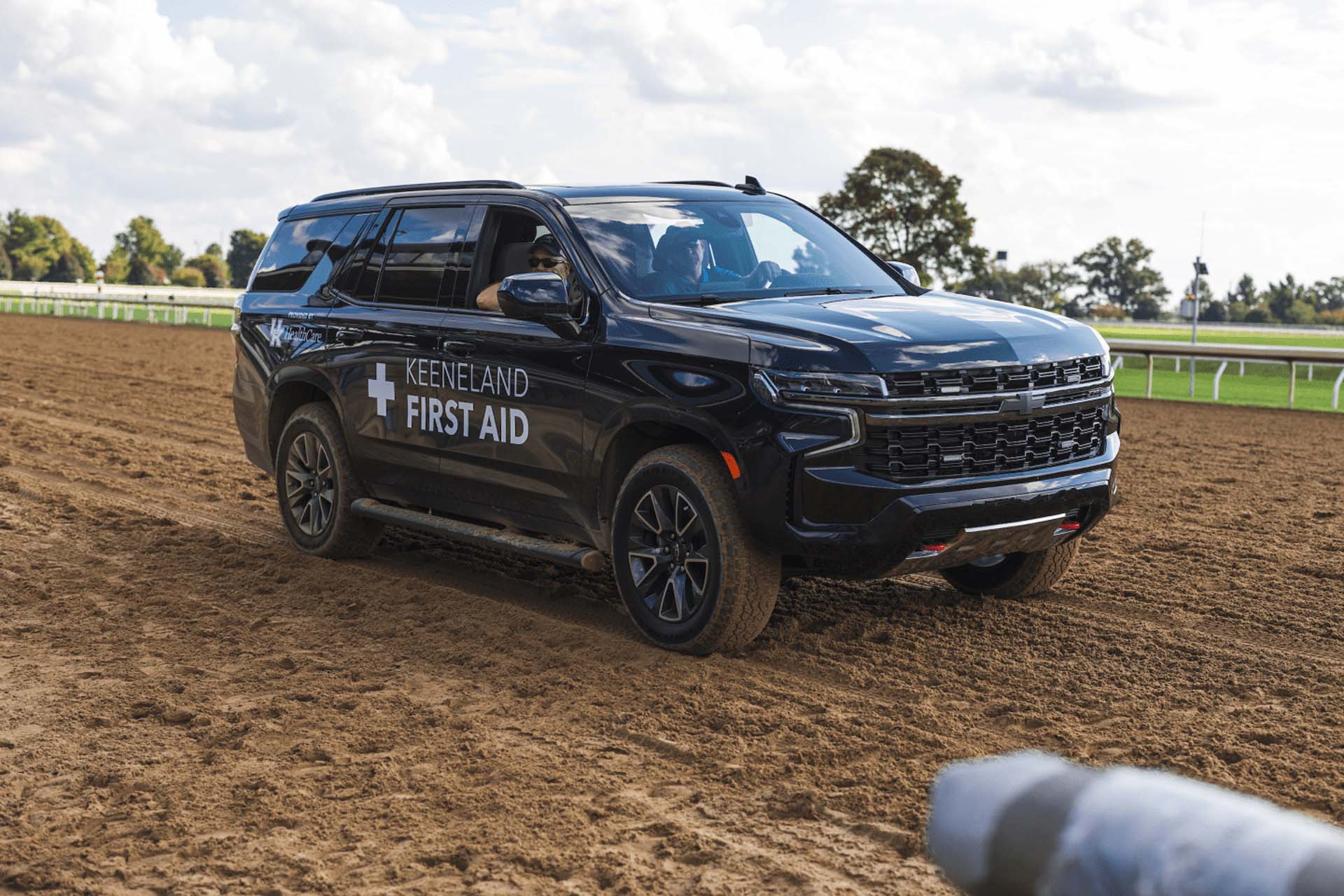
Keeneland was a co-founder of the JHIS, a national database of jockeys’ current medical records that are immediately available to medical personnel in the event of an injury.
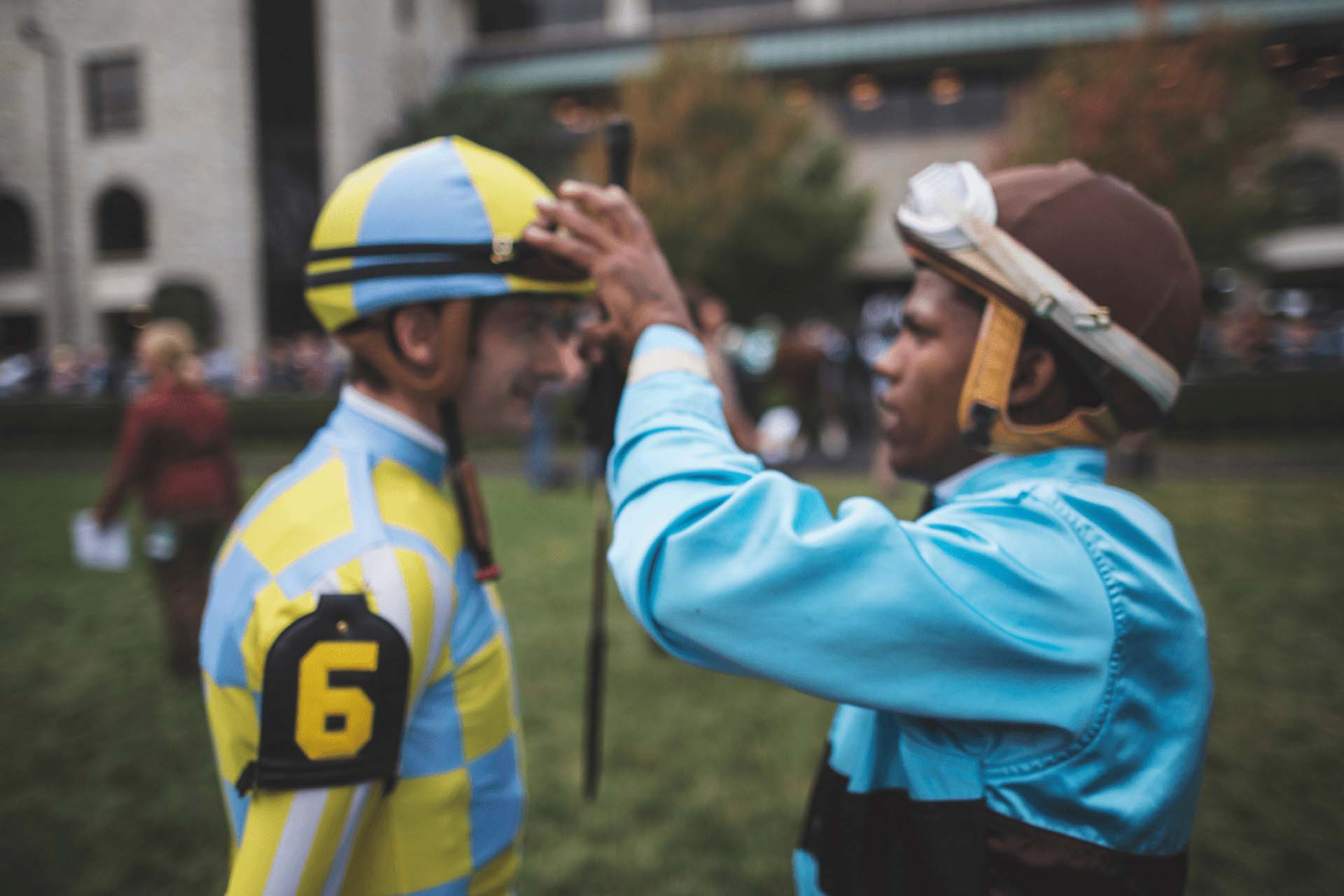



The Best Hands in the Business
Collaborating for a Safer Sport
Keeneland works closely with a network of veterinary partners, industry experts and racetracks nationwide, along with scientific organizations working to advance equine and jockey safety.
By pooling resources and insights, Keeneland can help set the standard for our sport, building a foundation for a safer future.
Safety Reporting
Keeneland is committed to transparency in reporting all on-track incidents to the Kentucky Horse Racing Commission and The Jockey Club’s Equine Injury Database. Access this database here. View current safety updates for Friday, October 10 and Saturday, October 11.
